Adding Portable Mixers to Your Processing Equipment
Portable mixers are a staple for liquid mixing and suspending solids in a host of different industries around the world. These workhorses can be...
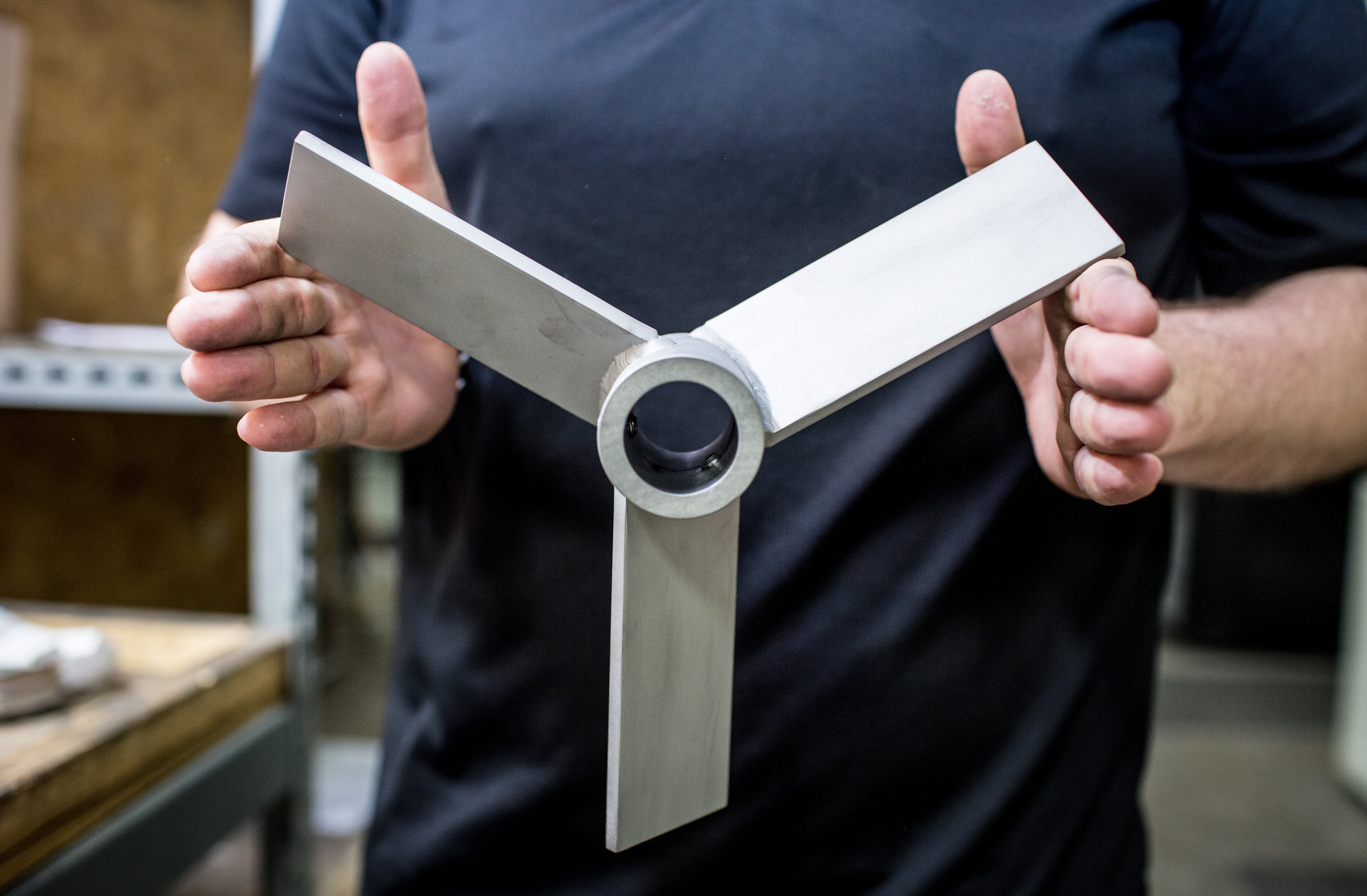
Today, modern mixing equipment has made mixing processes more time and cost-efficient while at the same time delivering more satisfactory results. A wide range of available options has enabled manufacturers to choose mixing equipment that is specifically designed for their particular application. While a lot of factors go into optimizing a mixer for a specific application, one of the most important of these factors is the type of impeller that the mixer uses.
In this blog, we'll take a look at how to optimize your mixing process with impeller types, the types of impellers you have available to choose from, and how those impellers can be used to create a process that is more efficient and effective.
Optimizing your mixing process is vitally important for a number of reasons. For one, many processes require complete and thorough mixing in order to achieve the desired results. If your mixer is not able to deliver the torque, speed, shear, and other factors needed to mix your solution as well as is required, the end results are going to be unsatisfactory. In this case, you may also find that your process is slowed down by not being optimized, costing your operation valuable production time.
With that said, there is also such thing as having too much mixing power for the job. Some impeller types deliver loads of torque and shear, but if those are not required for your specific process, then you could be using a mixer that is wasting energy and costing you money.
It's important, therefore, to optimize your mixing process so that you are delivering exactly the amount and type of energy that is needed - no more, no less. If you do this, you will be able to develop a mixing process that works exactly as intended without costing your operation unnecessary expenses.
Having demonstrated the importance of optimizing your mixing process, it's now time to look at how the various impeller types available that can aid you in your process optimization. Outlined below are each of the impeller types we offer at Mixer Direct as well as their unique applications and advantages.
High-Flow/Low-Shear High Efficiency Impellers
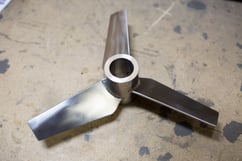 High-flow/low-shear High Efficiency or Hydrofoil impellers are used in a wide range of mixing applications such as mild blending and mixing solid suspensions. While its mixing power type may not be enough to handle more demanding applications, the benefit of high-flow/low-shear impellers is the fact that they are incredibly affordable to operate. Since they don't require as much power to function properly, high-flow/low-shear impellers are a great way to lower your operating costs so long as your process does not require large amounts of shear.
High-flow/low-shear High Efficiency or Hydrofoil impellers are used in a wide range of mixing applications such as mild blending and mixing solid suspensions. While its mixing power type may not be enough to handle more demanding applications, the benefit of high-flow/low-shear impellers is the fact that they are incredibly affordable to operate. Since they don't require as much power to function properly, high-flow/low-shear impellers are a great way to lower your operating costs so long as your process does not require large amounts of shear.
Pitched Blade Impellers
Pitched blade impellers or Axial Flow Turbines are designed to produce a mixed flow pattern by relying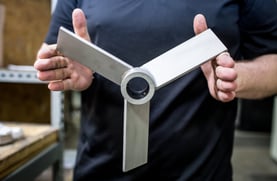 on blades that are pitched at a forty-five degree angle in order to add a shear force to the process. What this means is that that the discharge from the impeller has both a radial and an axial component to its motion. Pitched blade impellers are used in applications where a great deal of turbulence is required to achieve the desired mixture result, as the mixed flow pattern produces much more turbulence than is achieved with a stand impeller while still producing more flow than radial flow disk impeller. The tradeoff is that a pitched blade impeller does produce less flow than the other two impeller types previously mentioned and less turbulence than a radial flow disk impeller. For applications that require some degree of both turbulence and flow, though, pitched blade impellers are a great solution.
on blades that are pitched at a forty-five degree angle in order to add a shear force to the process. What this means is that that the discharge from the impeller has both a radial and an axial component to its motion. Pitched blade impellers are used in applications where a great deal of turbulence is required to achieve the desired mixture result, as the mixed flow pattern produces much more turbulence than is achieved with a stand impeller while still producing more flow than radial flow disk impeller. The tradeoff is that a pitched blade impeller does produce less flow than the other two impeller types previously mentioned and less turbulence than a radial flow disk impeller. For applications that require some degree of both turbulence and flow, though, pitched blade impellers are a great solution.
Radial Flow Disk Impeller
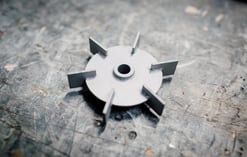 Radial flow disk impellers - also known as Rushton impellers - are a classic design intended to produce a radial flow pattern. This impeller type produces the largest degree of turbulence of any of the impeller types. While radial flow disk impellers are great for producing turbulence, they do not produce much in way of flow or circulation and they do not provide ideal top-to-bottom blending. Radial flow disk impellers also have the highest operating costs of any of the impeller types. However, for mixing applications that require mass amounts of turbulence and/or the ability to disperse gas or other constituents, radial flow disk impellers are still the go-to solution.
Radial flow disk impellers - also known as Rushton impellers - are a classic design intended to produce a radial flow pattern. This impeller type produces the largest degree of turbulence of any of the impeller types. While radial flow disk impellers are great for producing turbulence, they do not produce much in way of flow or circulation and they do not provide ideal top-to-bottom blending. Radial flow disk impellers also have the highest operating costs of any of the impeller types. However, for mixing applications that require mass amounts of turbulence and/or the ability to disperse gas or other constituents, radial flow disk impellers are still the go-to solution.
High-Shear Impellers
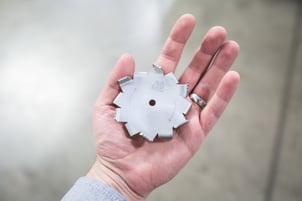 Some applications such as mixing paint require very high degrees of shear. For these applications, high-shear impellers are the preferred choice. High-shear impellers have a low power number of approximately .45, but they are run at high speeds in order to achieve the desired level of dispersion. Because of the turbulence and shear level the standard power equations are not correlative to empirical results.
Some applications such as mixing paint require very high degrees of shear. For these applications, high-shear impellers are the preferred choice. High-shear impellers have a low power number of approximately .45, but they are run at high speeds in order to achieve the desired level of dispersion. Because of the turbulence and shear level the standard power equations are not correlative to empirical results.
Multiple Impeller Solutions
All of the impeller types listed above can be combined within a single application in order to achieve a wider range of results. Depending on your mixing application, you may find it beneficial to make use of multiple impeller types within the same process.
Operating costs are a key consideration when choosing an impeller type. Some impellers require much more power to run and therefore will equate to greater operating costs. Even when considering a single impeller type, it's important to choose an impeller that is the correct size in order to minimize your operating costs. For example, if your impeller is smaller than optimum it will actually require more time and power to achieve the desired results. At the same time, using an impeller that is larger than it needs to be means you will have to purchase a larger shaft and drive, which will increase your capital costs. The perfect solution, then, is to choose an impeller that is the correct type for your application and the perfect size for your requirements, thus minimizing both your operating costs and your capital costs.
At the end of the day, the best way to ensure you are choosing the right impeller and thus reducing your costs is to work with a mixing engineer who will analyze your process and help you choose the optimum impeller type and size.
At Mixing Direct, our engineers are experienced at helping manufacturers navigate the various impeller types that are available and choose the one that is best-suited for their intended application. We understand how these impellers function better than anyone in the industry and, once we take the time to learn more about your processes, we will be able to help you devise a solution that will perform exactly as intended all while saving you time and money.
If you would like to learn more about the benefits of choosing the right impeller type and begin the process of equipping your operation with exactly the right machinery it needs to be successful, we invite you to contact us today.
(Editor's note: This blog was originally published October 2017 and was updated April 2024 to reflect the most current information.)
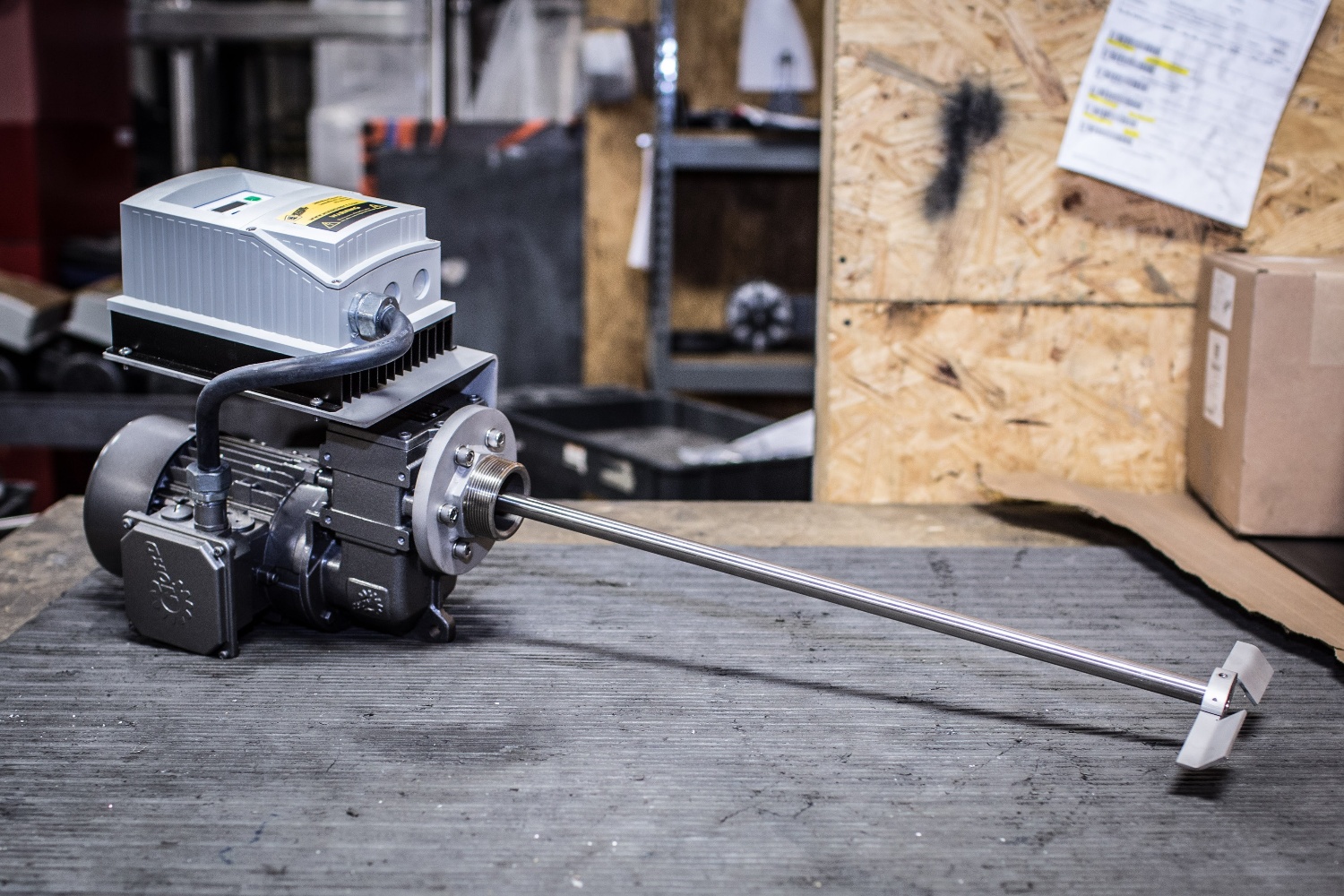
Portable mixers are a staple for liquid mixing and suspending solids in a host of different industries around the world. These workhorses can be...
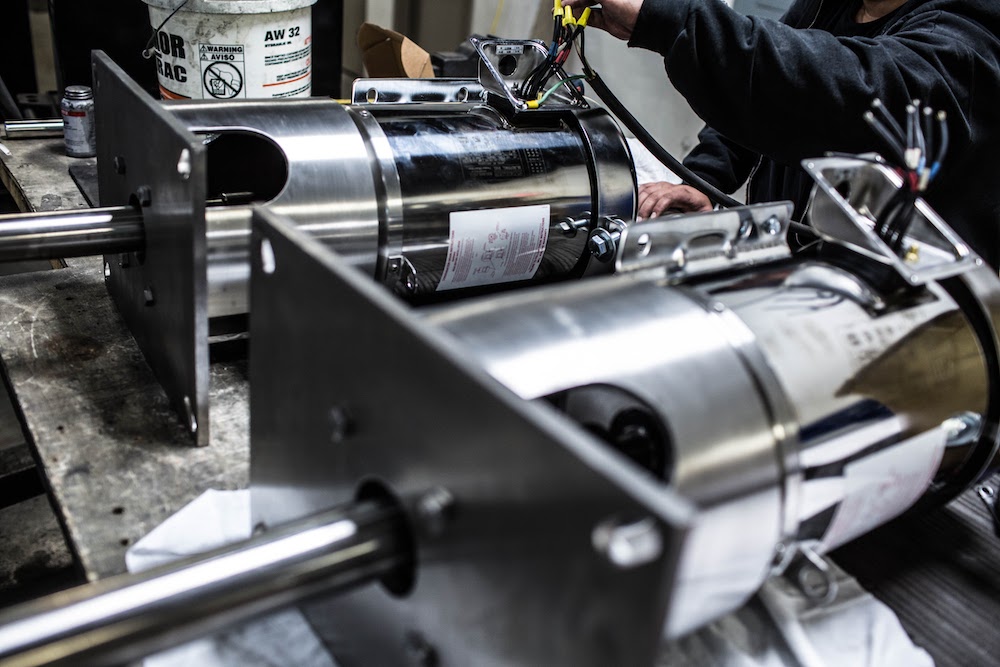
As you start looking at all your options for industrial mixers, you could run into some terminology that may be unfamiliar. Or, in some cases, you...
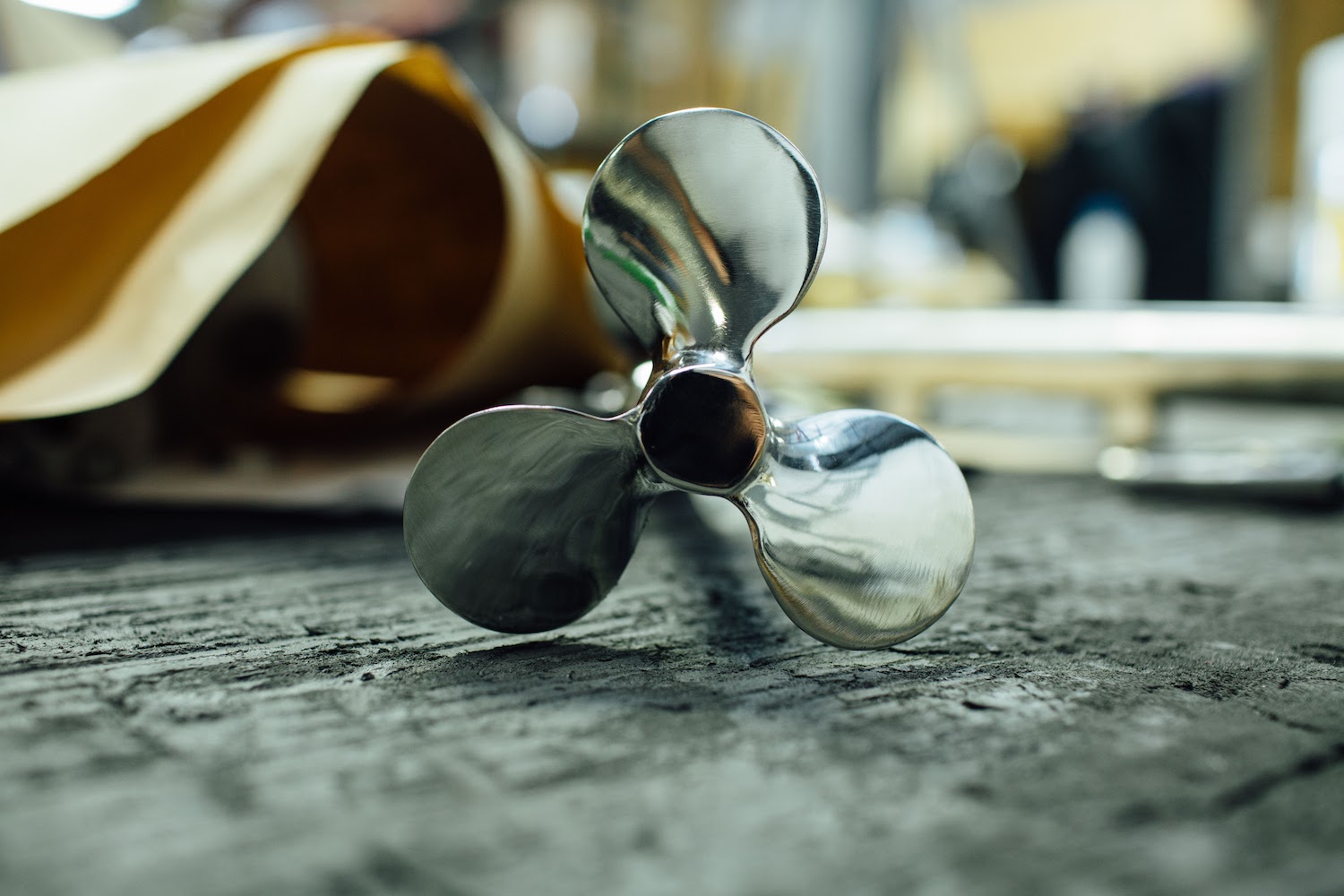
What is Low Shear Mixing? You have probably utilized low shear mixing and didn't even realize it. According to recent coffee statistics, half of...